We may earn revenue from the products available on this page and participate in affiliate programs. Learn More ›
At the beginning of a new year, it’s natural to have some lofty ideas about all the home projects you’d like to tackle, but an overly ambitious to-do list will only lead to stress—and major home improvement burnout. Instead, avoid to-do list fatigue by spreading projects out over the year. To help you plan, here’s a month-by-month guide of do-it-yourself projects that will keep your home clean, safe, and properly maintained all year long.
January
Repaint the Baseboards
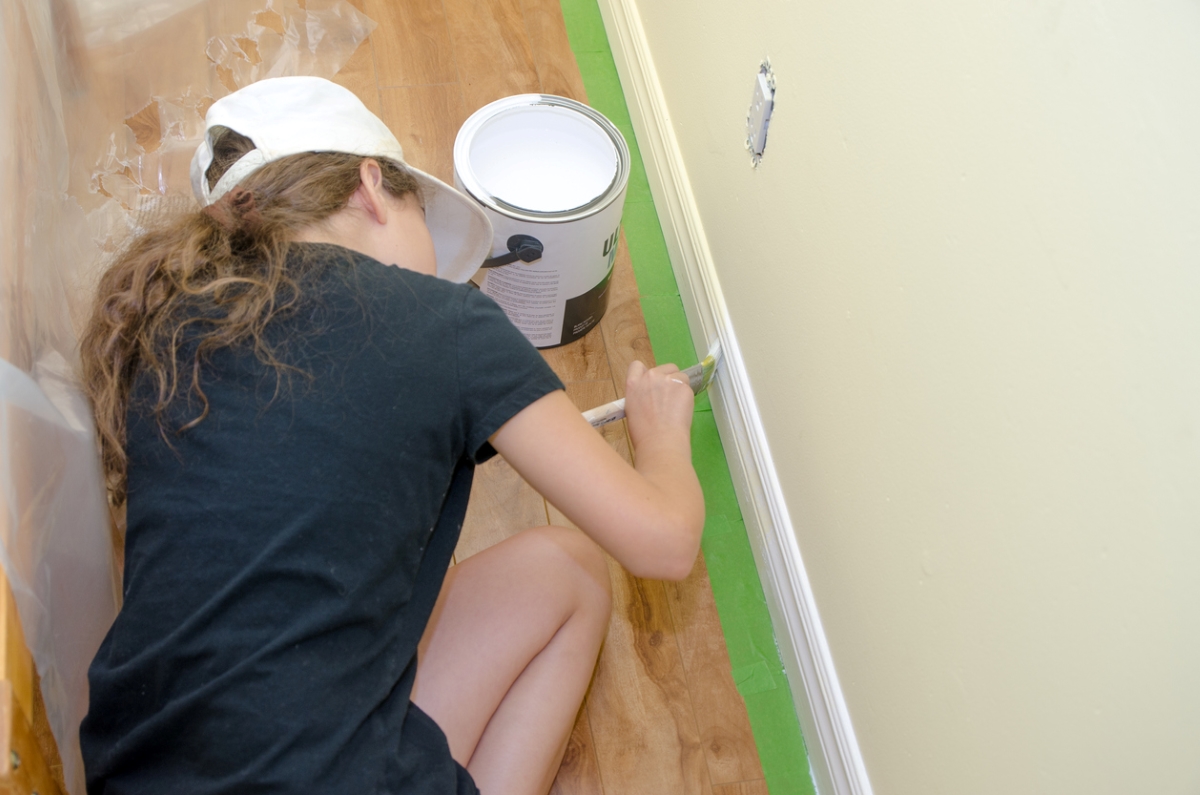
After holiday gatherings are over and guests have headed home, take a look at your baseboards. Chances are they have experienced some wear and could benefit from a fresh coat of paint. Make sure to clean the baseboards first, because they are magnets for dust and dirt. Paint will stick to any dust left on the surface, leaving a less-than-perfect finish. If you are feeling particularly inspired by how freshly painted baseboards transform your rooms, consider a fresh coat of paint on door and window trim, too.
RELATED: 9 Ways to Dress Up a Room with Molding
February
Add Attic Insulation
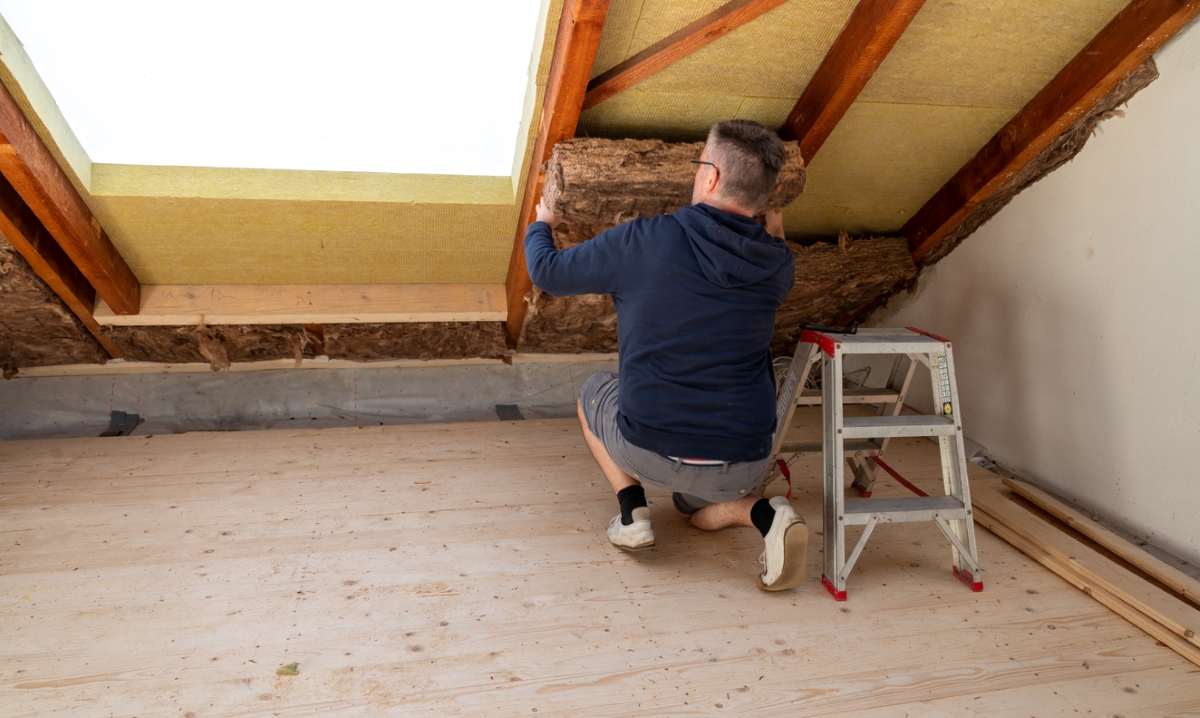
Does your house seem a little colder than it should in winter, and a little hotter than you’d like during the summer? Your attic insulation may not be up to snuff. As we exit the coldest months of the year, it’s a great time to evaluate your attic insulation and add more if you need it. This project is a two-fer in terms of upside: Your home’s HVAC will be more efficient, and you’ll save money every month on energy bills.
RELATED: Guide to Blown-in Insulation: Materials, Installation, and Cost
March
Clean the Gutters

Before spring showers inundate your house, clear your gutters of all the pine needles, twigs, leaves, and other organic material that accumulated over the long winter months. While you’re giving the gutters a thorough cleaning, consider installing gutter guards, which are screens or foam inserts that prevent debris from piling up in the first place.
RELATED: How to Choose the Best Gutters for Your Home
April
Prevent Summer Pests

By April, you’ll be ready for warmer temperatures, but so will all of the insects that are ready to hatch and find their way into your house. Do a little work up front to prevent pests like termites, ants, and silverfish from making themselves at home: Check for cracks in the siding, examine your roof for rotting or broken shingles, and seal around windows and doors so that unwanted creatures can’t get in.
RELATED: 30 Things in Your House That Are Attracting Bugs and Rodents
May
Power Wash the Home’s Exterior
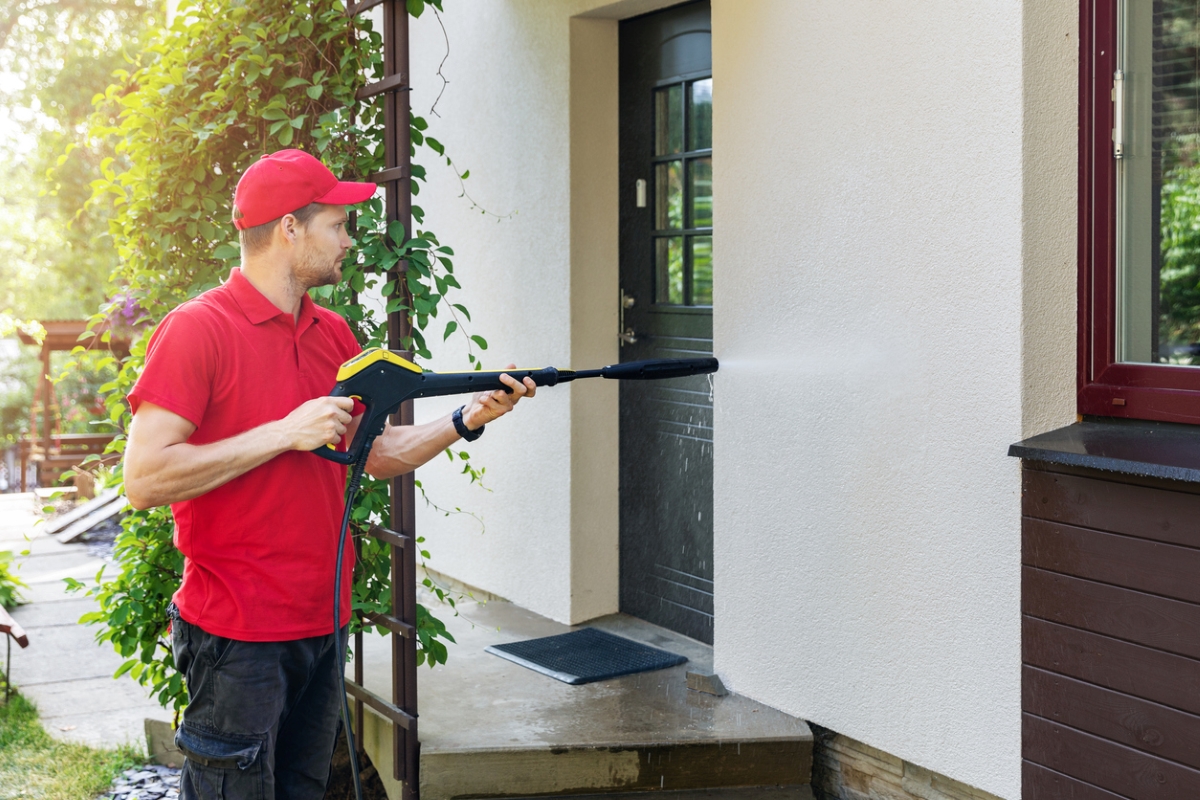
After a hard winter and a wet, windy spring, your home may start to show signs of algae or dirt buildup on the siding, giving it a sloppy, rundown appearance. Springtime usually offers plenty of dry, sunny days that are perfect for pressure washing the exterior of your house. Just be sure to start off on the lowest pressure whenever starting a power washer, and check the tool’s guide for the recommended pressure so you don’t damage the siding.
RELATED: After 15 Hours of Testing, We Found the Best Pressure Washers
June
Refresh Your Home’s Curb Appeal
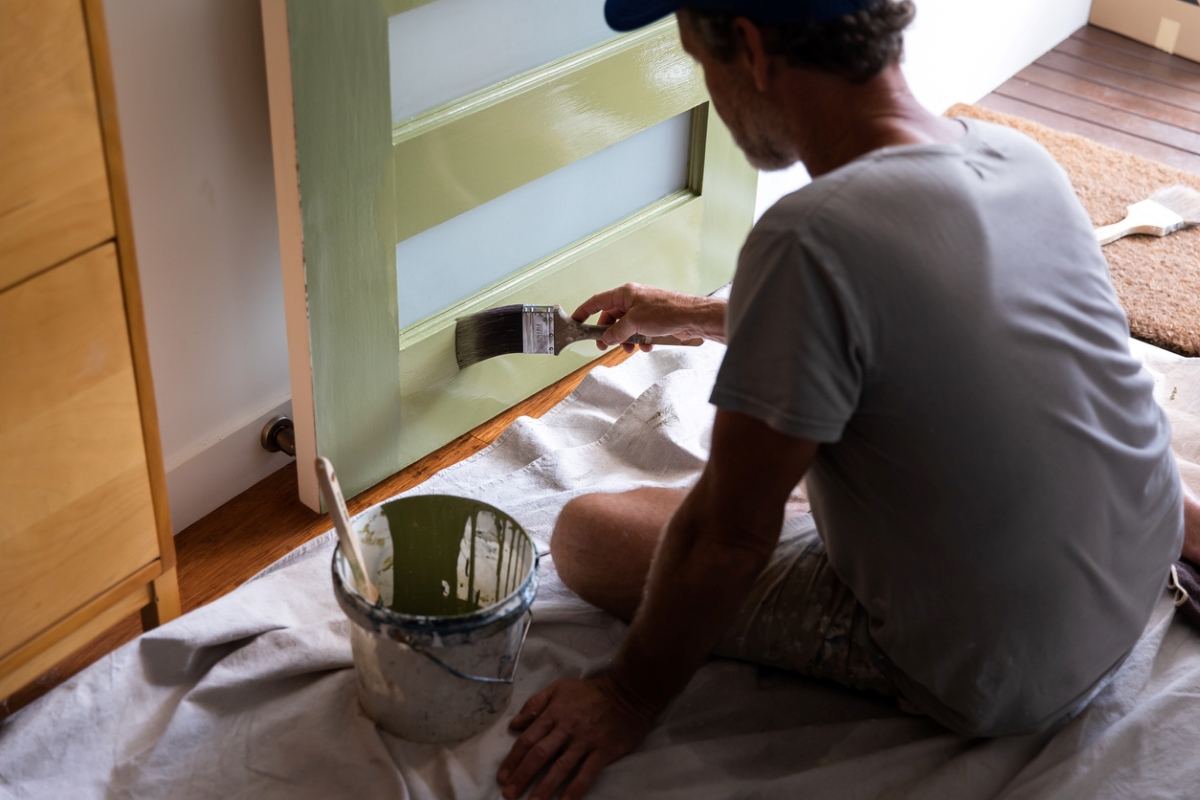
Now that your house is freshly washed, does the front door area look a little dingy? If your curb appeal is less than appealing, consider adding a fresh coat of paint to the door trim, replacing the doormat, or updating the exterior lighting. For a bigger change, update the door with a bold coat of paint that will rev up your home’s curb appeal for little money. With June’s sunny temperatures, the paint will dry quickly.
RELATED: Light Up Your Outdoor Space With These Top-Rated Wall Lights
July
Clean and Polish Your Floors

Floors take a beating throughout the year, especially during the hottest and coldest months of the year when they’re subjected to more use from everyone spending more time indoors. Refresh your carpets using a steam cleaner, and polish your wood floors with a restorative treatment.
RELATED: How to Polish Wood Floors
August
Repair Steps and Railings
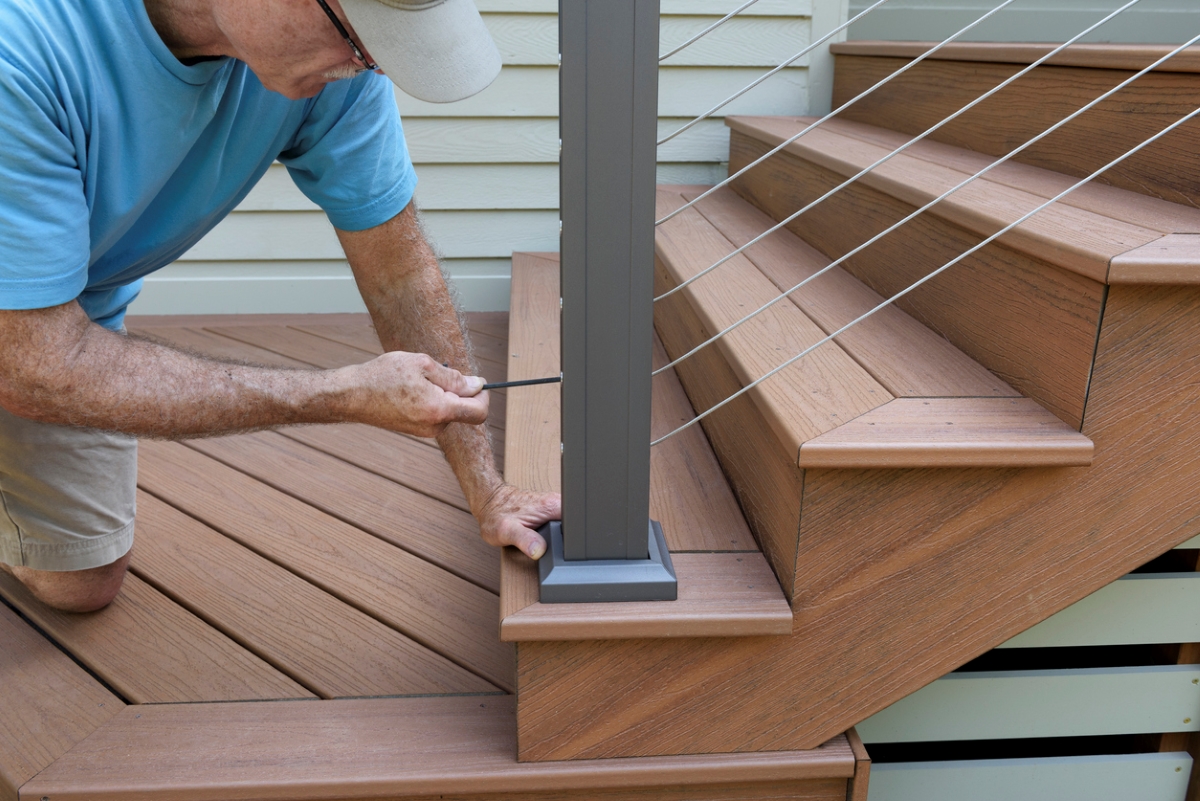
Stairs are among the most accident-prone areas of any home, particularly if there are any cracks or broken railings that could lead to a trip or fall. Before guests start using the outdoor steps and walkways for trick-or-treating and holiday visits, repair any steps and railings that need attention.
RELATED: How To: Repair Concrete Steps
September
Prune Your Perennials and Plant for Fall

Experts agree that it’s best to get busy in the garden well before the first freeze. September is optimal for pruning back perennials to protect them from the frigid temperatures to come. Once you’ve cleaned up the perennials, consider planting fall vegetables like collard greens, peas, lettuce, and radishes. For a delightful and useful addition, place some solar-powered garden lights around the plantings for ambiance during the shorter daylight days that are coming in the winter months, too.
RELATED: First and Last Frost Dates: What All Home Gardeners Should Know
October
Vacuum the Radiators, Baseboard Heaters, and Heating Grates
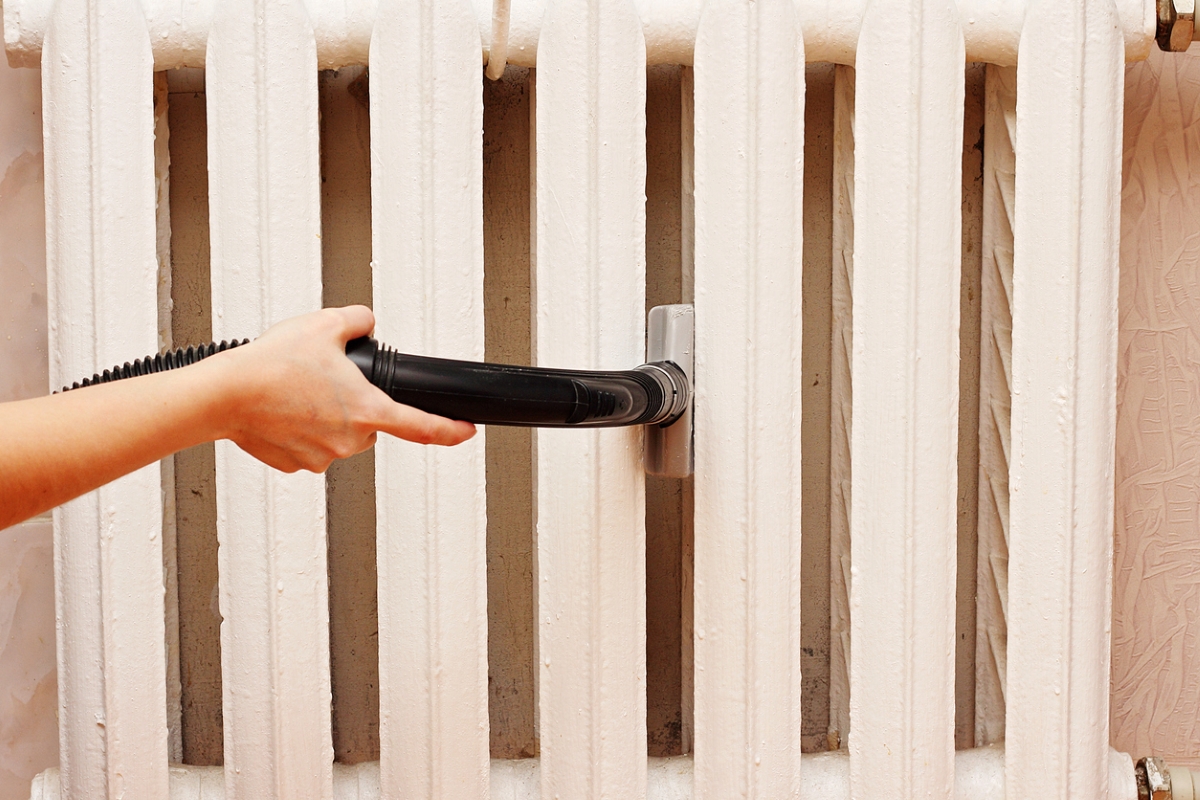
The temperatures are starting to dip, which means your heating system will probably get some serious use over the next few months. Before you turn on the system for the season, take an afternoon to vacuum any radiators, baseboard heaters, and heating grates to remove accumulated dust and dirt. Clean radiators work more efficiently, and the indoor air quality will be better.
RELATED: How To: Bleed a Radiator
November
Spruce Up the Bathroom

With holiday gatherings on the horizon, the accompanying rush of guests can give your bathrooms a real workout. As you prep and prime your home for the onslaught, take the opportunity to freshen up the bathroom. Swap in new towels for any that have lost their fluff, relegating those old towels for the workshop or use as cleaning rags. Put a fresh coat of paint on the baseboards and on the trim around the door and windows, if you didn’t take care of that in January. Consider changing out the shower head, faucets, or even the toilet seat, and check the caulk around the bathtub and shower to make sure it’s still intact. If it’s peeling or cracked, scrape out the old caulk, clean the area, and then lay a new bead of caulk when the surface is dry.
RELATED: Your Laundry Routine Is Probably Outdated—Here’s the Modern Way
December
Brighten the Lighting

While we’re in the season of thinking about twinkling lights and festive decor, it’s a good idea to also spend a little time maintaining the workhouse light fixtures that are used every day. It can be surprising how much dust accumulates inside the ceiling fixtures and sconces, dimming the lights’ output. Carefully remove each light fixture cover and use a microfiber cloth to wipe out the ceiling fixtures, sconces, and inside the recessed lights. If you are feeling particularly festive, consider replacing a few light bulbs with colored light bulbs to add to the season’s ambiance.

